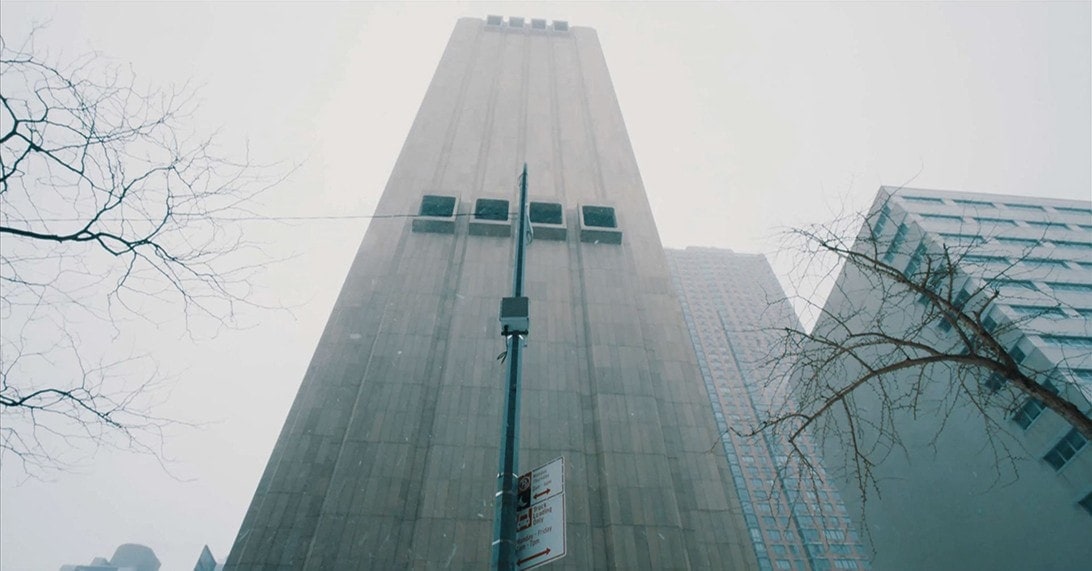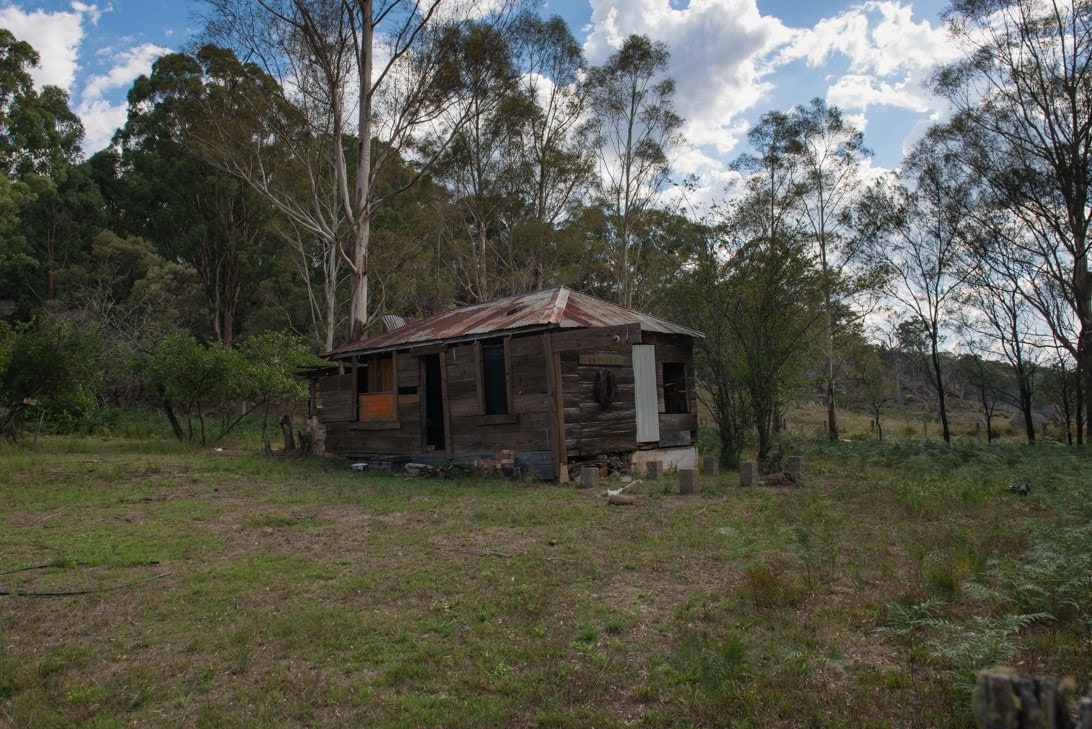The Correspondence of Imaginary Places
 Jacqueline Drinkall, Data Centre Seance 2017
Jacqueline Drinkall, Data Centre Seance 2017
This year, Cementa is going international! We thought about cherry picking all the hot artists from across the international art circuit and parachuting them in to Kandos as an exercise in conspicuous consumption and arbitrary art world pandering, but decided instead that we would prefer to quietly engage with a grass roots arts community, not unlike our own that exists somewhere else in the world. We were fortunate enough to come into contact with ABC no Rio, a social activist and artist run space that has been operating in Manhattan since the 70’s. Collaborating with artists Scott Seaboldt and Jill O’Brian as co-curators we devised ‘The Correspondence of Imaginary Places’, a project pairing seven Australian artists with seven New York artists that will see instructional artworks exchanged between all fourteen participants, with the Australian artworks being installed in New York by the Americans and the American artworks installed at Bird’s Hut (outside Kandos) by the Australians as a part of Cementa17. Australian artist Sarah Breen Lovett soon came on board to help us organise things from the Australian end of the world.
 Bird’s Hut. Photo Alex Wisser
Bird’s Hut. Photo Alex Wisser
The project began in part as a speculation on the changing nature of social perception in a globalising world. The premise being that we are now more closely related to, aware of and in communication with people and places that are geographically very distant from ourselves. The project wanted to ask, what is the nature of these relationships to places we have no physical experience of? We must collage together our understanding of them from diverse, incomplete and competing sources of information, all completely mediated in images and language composed and disseminated by others. What kind of relationships can we form across these new distances? How does it compare to human relationships grounded in presence, the old fashioned way? We hoped to explore these questions by asking artists to work together to implement the other’s artworks in their own remote/local environment, the one having to imagine the context of exhibition that their work will address, the other having to imagine how the remote artist imagined the place in which the work will stand.
 Kyle Ford, How to sleepwalk properly 2012.
Kyle Ford, How to sleepwalk properly 2012.
That was the theoretical frame. What we discovered during development and implementation was that the project was also a very timely test of the technological potentials available to us. As we were skyping away, attempting to bridge the communicative distances inherent in the project, it became evident that this project was also about how grass roots artist run initiatives, and individual artists, could accomplish international engagement and collaboration without needing to depend upon the institutional structures that traditionally regulate such activities. Its an exciting prospect that artists who choose to participate in a culture that stands outside of the commercial and institutional structures of ‘mainstream’ art, now have the capacity to do so in ways that connect them with artists and communities across the world. We also discovered that while it was possible, there are still many challenges to achieving this kind of cooperation. Both technological and cultural limits presented themselves, compelling us to alter our expectations and adapt our method. These lessons and the experience and observations of the artists and the artist/curators will be discussed at length at a joint exhibition to be held between Articulate ArtspaceUpstairs in Sydney and Chuchifritos Gallery in New York via a linked artist talk event. They will also be collected in a publication to be launched at the same exhibition. Until then, watch this space as we send you updates of the Australian COIP projects going up in New York over the next month!
 Sarah Breen Lovett, 10 steps to Moma 2017
Sarah Breen Lovett, 10 steps to Moma 2017
